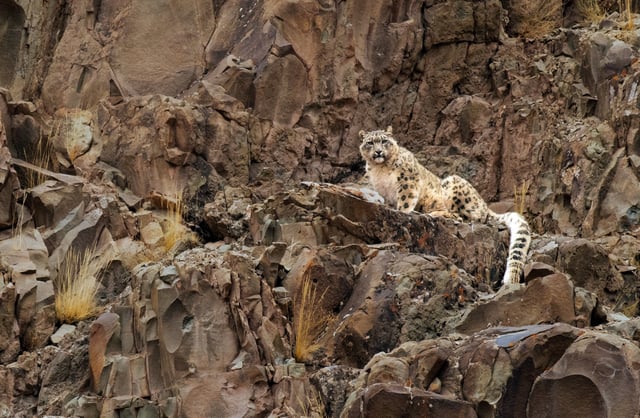Overview
- The Stanford-led PNAS study expanded full genomes from 4 to 41 individuals, including 35 wild cats and 6 from zoos collected with collaborators across 11 countries.
- The analysis shows the species’ extremely low genetic diversity stems from a persistently small, stable population over evolutionary time rather than recent bottlenecks.
- Scientists report a significantly lower homozygous load, indicating historic purging of harmful mutations that has supported short-term viability despite small numbers.
- Fewer than 8,000 snow leopards are estimated to remain in arid, high-elevation habitats across parts of 12 Asian countries.
- The team also published a fecal DNA assay in Molecular Ecology Resources to enable noninvasive monitoring, as climate change, habitat fragmentation, and disease spillover raise future risks.
